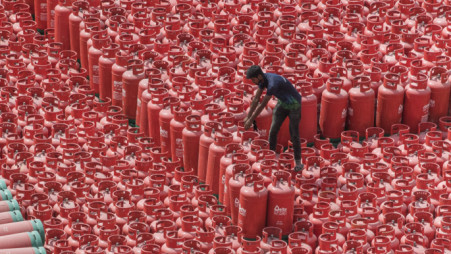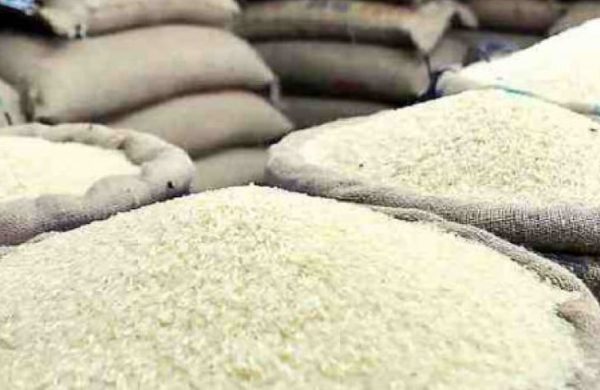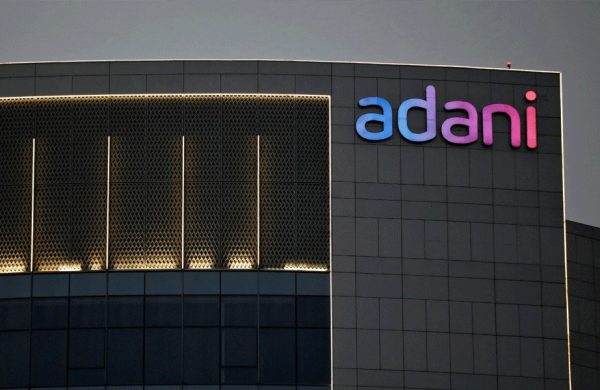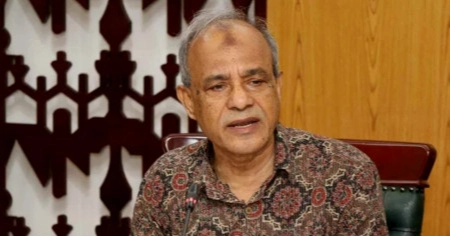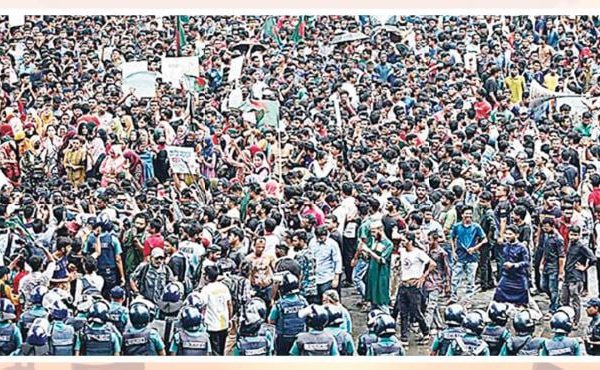Bangladesh apparel sector grapples with escalating price discrepancy and idle capacity
- Update Time : Thursday, February 1, 2024
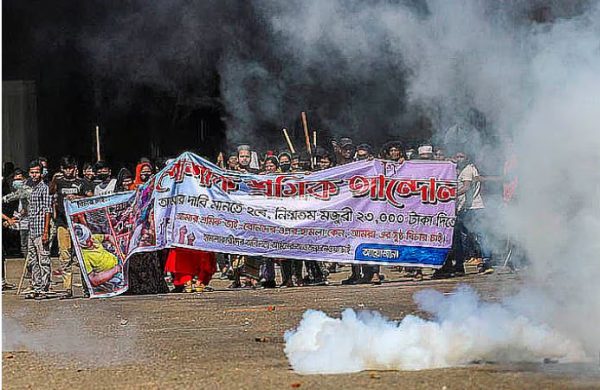
About 27.5% of factory capacity was unused in 2023, while owners foresee 38% idle capacity for the initial four months of 2024
Desk Report:
A United States coalition of buyers proposed a price hike on apparels in response to workers’ call for higher wages in Bangladesh’s garment sector even after a pay rise. However, this proposal has not translated into substantial gains for most factory owners.
A survey on Dec 21 revealed that 20 percent of factories received a rise in product prices.
Of the 66 factory owners surveyed during a discussion on challenges and actions in the garment industry at the Uttara Club in Dhaka, 80 percent stated they did not receive extra payment from foreign buyers.
The factory owners are general members of the Bangladesh Garment Manufacturers and Exporters Association (BGMEA).
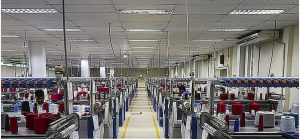
Typically, factories secure purchase orders from foreign buyers three to four months before starting work. So, the December survey provides insights into the next three months.
From December onwards, the garment sector implemented new wages, elevating basic wages by 56.25 percent and setting the minimum wage at Tk 12,500.
The owners asked foreign buyers to increase clothing prices in line with higher wages.
BGMEA President Faruque Hassan wrote to many buying organisations requesting a wage increase for the goods.
The workers wanted a minimum monthly wage between Tk 20,000 and Tk 25,000 carrying out protests countrywide.
However, the owners disagreed with this demand, and the government’s wage board resolved the conflicting demands of both parties.
The American Apparel and Footwear Association, representing more than 1,000 globally renowned brands, announced that they were willing to increase clothing purchase prices by 5 to 6 percent, taking into account the wage hike.
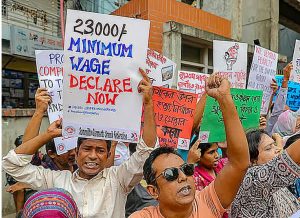
The buyers’ alliance also expressed support for meeting workers’ demands by establishing a minimum wage of Tk 25,000.
Faisal Samad, the leader of the export-oriented garment industry owners’ association, presented survey results in Dhaka on Tuesday, noting that 79.1 percent of factory owners did not receive extra payment for their products.
About 4.5 percent reported a 1 percent price rise, 6 percent got 2 percent, and commodity prices rose by 3 percent in 3 percent of the factories, he said.
According to Samad, about 8 percent of owners successfully negotiated a 4 to 5 percent increase in product prices.
Surma Garments Ltd Managing Director Samad said they’ve sent several letters to buyers, but most have not raised product prices.
“In this situation, we need to engage in further negotiations collectively with the buyers,” he said.
He also mentioned that resolving the issue of competitive pricing requires coordination between BGMEA and buyers, and is not only dependent on the factory owners.
BGMEA president Faruque told bdnews24.com that, after the wage was raised, two buyers have properly increased clothing prices, and some others have adjusted additional costs by 50 to 60 percent.
While some buyers promised to raise prices in February or March, most retailers haven’t done so after the wage hike, he said.
Although the apparel export sector experienced significant growth in 2022, 2023 presented challenges.
In 2021, clothing product exports were valued at $35.81 billion, rising to $45.70 billion in 2022, marking a growth of 27.64 percent.
In 2023, the garment sector’s total export was $47.38 billion, reflecting a growth of 3.66 percent.
27% FACTORY CAPACITY UNUSED
According to the December survey, 27.5 percent of the factory’s production capacity was unused in 2023.
Owners anticipate that for the first four months of 2024, 38 percent of the capacity will remain idle.
Last year, 10 percent of factory owners had 10 percent of their capacity unused, while another 22 percent couldn’t use 20 percent of their capacity.
About 27 percent of factories had 30 percent of their capacity lying idle. In 32 percent of the factories, 40 to 50 percent of production capacity was unused.
In 2023, factory owners also faced challenges related to gas shortages and power outages.
62% WORK ORDERS IN PROGRESS
During the initial four months of 2024, factory owners observed an average purchase order acquisition of 62.21 percent of their total capacity. This indicates that around 38 percent of the production capacity is not utilised during this period.
As per the survey, 13 percent of the 66 factories have successfully secured 80 percent of their capacity, while approximately 38 percent of the factories have confirmed purchase orders within the 60 to 70 percent range of their production capacity.
However, 43 percent of the factories have yet to receive purchase orders for at least half of their production capacity.



